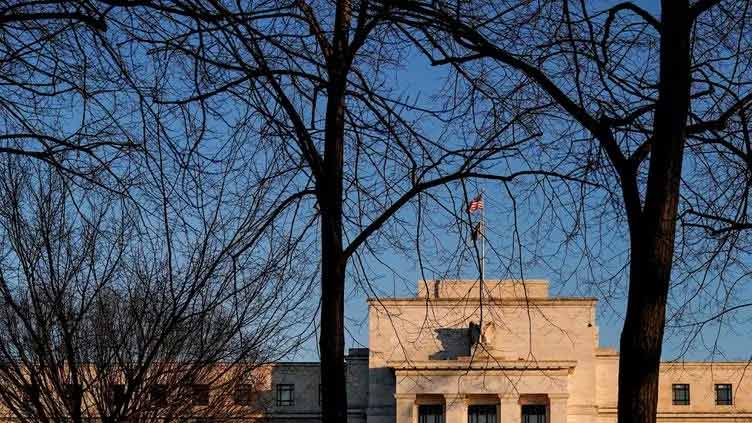Fed likely to hold rates steady, signal small decline in 2024

Business
Fed likely to hold rates steady, signal small decline in 2024
WASHINGTON (Reuters) - The Federal Reserve is widely expected on Wednesday to leave interest rates unchanged for a third straight time, but also signal that a pivot to monetary policy easing will neither come soon nor be sharp, given inflation's bumpy progress downward.
In quarterly economic projections due to be released at the end of a two-day meeting, U.S. central bankers are still likely to pencil in at least a couple of rate cuts by the end of next year, as they seek to strike the right balance between policy that's restrictive enough to slow spending and hiring but not so tight that it sends them into a tailspin.
Fed Chair Jerome Powell, however, is expected in a press conference to emphasize that any cuts in borrowing costs are contingent on further improvement on inflation, which despite a rapid decline this year is still above the Fed's 2% goal.
The Fed chief is scheduled to begin speaking at 2:30 p.m. EST (1930), half an hour after the release of the policy statement and projections.
"Powell will have to walk a fine line by recognizing the ground gained towards the normalization of the economy while pushing back on the idea of early rate cuts," and even warn that the Fed could yet raise rates again if needed, TD Securities analysts wrote as the Fed meeting got underway on Tuesday.
And, indeed, the economy has normalized a lot. Inflation by the Fed's preferred measure, the personal consumption expenditures price index, dropped to 3% in the latest reading, from more than 7% at its peak in the summer of 2022.
Meanwhile, the unemployment rate in November fell to 3.7%, barely above where it was when the Fed began raising interest rates from the near-zero level in March 2022.
Fed policymakers will give their views on where inflation, unemployment and GDP are likely to be in coming years as part of the updated projections.
A reminder of why Powell may be loathe to signal the end of the Fed's rate hiking campaign came on Tuesday after the Labor Department reported U.S. consumer prices unexpectedly rose and underlying inflation pushed higher in November.
On Wednesday, shortly before Fed policymakers convened for their final day of policy deliberations for the year, the central bank got a dose of better news as producer prices were unchanged on a month-over-month basis in November. Economists polled by Reuters had expected a 0.1% increase.
"The data confirm the downtrend in inflation although consumer prices are moving lower more gradually," said Rubeela Farooqi, chief U.S. economist at High Frequency Economics.


